Home>Others>Specialized Home Improvement Topics>What Are The Black Lines On Car Windows For
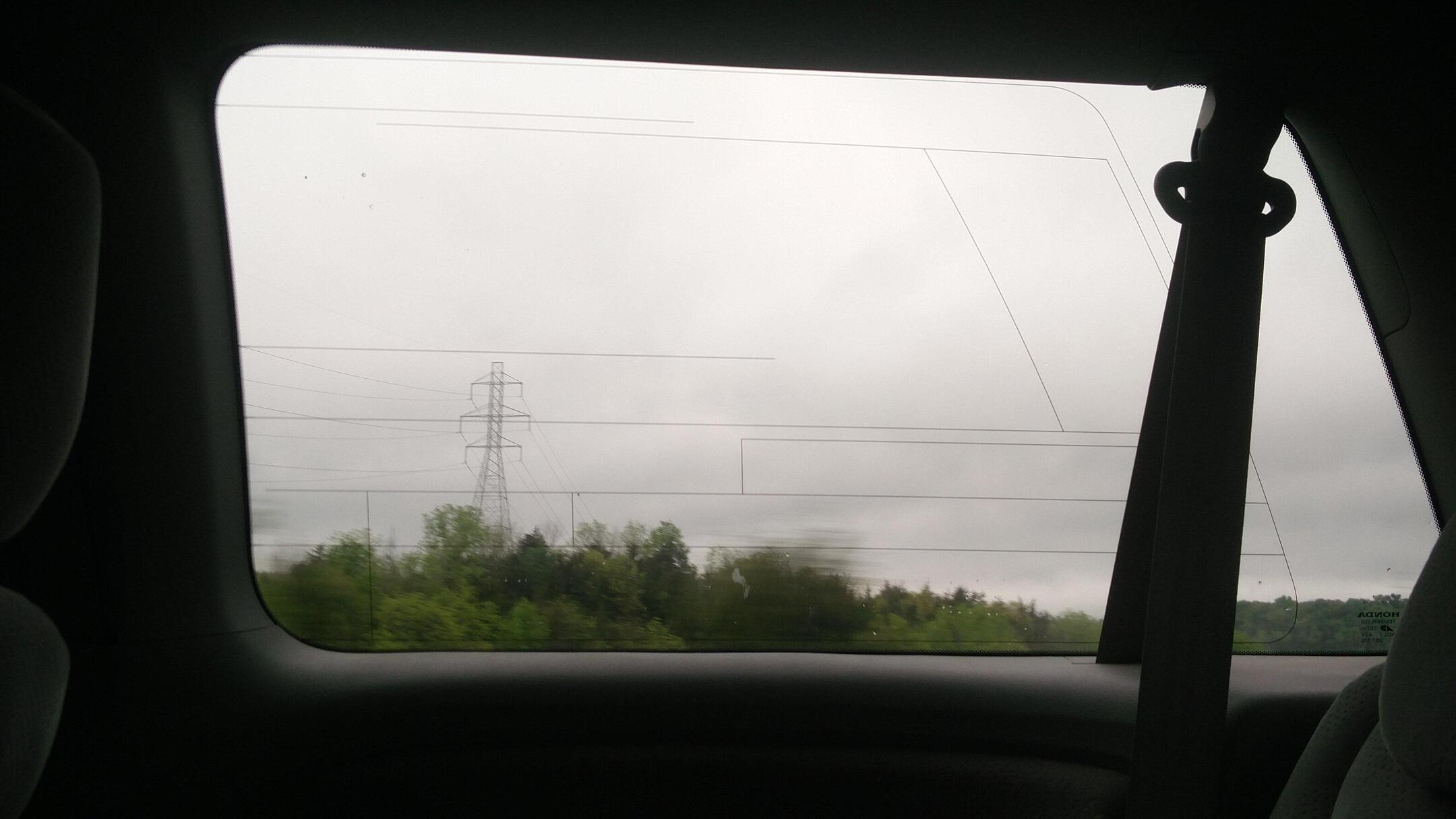

Specialized Home Improvement Topics
What Are The Black Lines On Car Windows For
Modified: February 26, 2024
Discover the purpose of the black lines on car windows and their role in specialized home improvement topics. Uncover their significance and impact on vehicle design.
(Many of the links in this article redirect to a specific reviewed product. Your purchase of these products through affiliate links helps to generate commission for Storables.com, at no extra cost. Learn more)
Introduction
When you gaze at a car, have you ever noticed the thin, dark lines that adorn its windows? These black lines may seem like mere decorative elements, but they serve a vital purpose beyond aesthetics. In this article, we will delve into the intriguing world of these black lines on car windows, exploring their purpose, types, and functions. By understanding the significance of these seemingly inconspicuous lines, you will gain a newfound appreciation for the meticulous design and engineering that goes into every aspect of an automobile.
Now, let’s embark on a journey to uncover the mysteries behind the black lines on car windows and unravel the secrets hidden within their seemingly simple appearance.
Key Takeaways:
- The black lines on car windows are not just for looks; they reinforce the glass, help with defrosting, and integrate technology, showcasing the intricate engineering behind modern automobiles.
- There are different types of black lines on car windows, each serving specific functions like structural reinforcement, defrosting, and technological integration, highlighting the diverse craftsmanship in automotive design.
Read more: What Are The Black Dots On Car Windows
Purpose of Black Lines on Car Windows
At first glance, the black lines on car windows may appear to be purely decorative, enhancing the visual appeal of the vehicle. However, their purpose extends far beyond aesthetics. These lines are strategically incorporated into the design of car windows to serve multiple crucial functions, ranging from structural integrity to technological advancements.
One of the primary purposes of these black lines is to provide reinforcement to the glass. By strategically placing these lines along the perimeter of the windows, manufacturers reinforce the structural integrity of the glass, reducing the risk of cracks and chips. This reinforcement plays a pivotal role in ensuring the safety and durability of the windows, especially during harsh weather conditions or potential impact.
Moreover, the black lines on car windows also play a crucial role in enhancing the overall functionality of the vehicle. They contribute to the defrosting capability of the rear windshield, enabling efficient removal of condensation and frost during cold weather. Additionally, these lines are integral to the operation of advanced features such as radio antennas and GPS systems, serving as conductive pathways for electronic signals.
Furthermore, the strategic placement of these lines facilitates the seamless integration of window seals, contributing to the overall insulation and weatherproofing of the vehicle. This, in turn, enhances the comfort and climate control within the car, ensuring a pleasant driving experience for the occupants.
By understanding the multifaceted purpose of the black lines on car windows, we gain a deeper appreciation for the meticulous engineering and thoughtful design that underpin the functionality and safety of modern automobiles.
Types of Black Lines on Car Windows
When it comes to the black lines adorning car windows, there are several distinct types, each tailored to fulfill specific functions and design requirements. These lines are not merely uniform decorations; rather, they are meticulously designed to accommodate diverse technological and structural needs.
1. Encapsulated Black Ceramic Lines: This type of black line is fused within the glass during the manufacturing process, creating a seamless and durable integration. Encapsulated black ceramic lines are renowned for their longevity and resistance to wear and tear, ensuring that the aesthetic and functional integrity of the windows is maintained over an extended period.
2. Painted Black Frit Lines: Unlike encapsulated lines, painted black frit lines are applied to the surface of the glass. This method allows for greater flexibility in design and enables the incorporation of intricate patterns and shapes. Additionally, painted black frit lines are adept at concealing the adhesive used for attaching the windows to the car frame, contributing to a polished and refined appearance.
3. Conductive Black Ceramic Lines: These specialized black lines are engineered to serve as conductive pathways, facilitating the operation of electronic features such as radio antennas and defrosting systems. By harnessing the conductive properties of these lines, manufacturers can seamlessly integrate advanced technological functionalities into the windows while maintaining a sleek and unobtrusive aesthetic.
By recognizing the diverse types of black lines on car windows, we gain insight into the intricate craftsmanship and innovative technologies that converge to elevate the functionality and visual allure of modern automotive design.
The black lines on car windows are called frits and they serve as a visual enhancement and also help to hide the adhesive used to bond the glass to the car.
Function of Black Lines on Car Windows
The black lines adorning car windows are not merely decorative; they serve a multitude of essential functions that contribute to the structural integrity, technological capabilities, and overall performance of the vehicle. These lines are ingeniously designed to fulfill diverse roles, enhancing both the functionality and aesthetic appeal of the car windows.
1. Structural Reinforcement: The strategic placement of black lines along the perimeter of car windows serves to reinforce the glass, mitigating the risk of cracks and chips. This structural reinforcement is crucial for ensuring the safety and durability of the windows, particularly during adverse weather conditions or potential impacts.
2. Defrosting Capabilities: The black lines on the rear windshield play a pivotal role in facilitating the defrosting process. During cold weather, these lines generate heat, enabling efficient removal of condensation and frost, thereby enhancing visibility and safety for the driver.
3. Technological Integration: Certain black lines are engineered to function as conductive pathways, enabling the seamless integration of electronic features such as radio antennas and GPS systems. By harnessing the conductive properties of these lines, manufacturers can incorporate advanced technological functionalities into the windows without compromising their sleek and unobtrusive appearance.
4. Aesthetic Enhancement: Beyond their functional significance, the black lines contribute to the visual allure of the car windows. Whether encapsulated within the glass or painted onto the surface, these lines add a touch of sophistication and refinement to the vehicle, elevating its overall aesthetic appeal.
5. Weatherproofing and Insulation: The integration of black lines facilitates the seamless attachment of window seals, enhancing the insulation and weatherproofing of the vehicle. This, in turn, contributes to the comfort and climate control within the car, ensuring a pleasant driving experience for the occupants.
By comprehending the multifaceted functions of the black lines on car windows, we gain a deeper appreciation for the harmonious blend of form and function that defines modern automotive design.
Conclusion
As we conclude our exploration of the enigmatic black lines on car windows, we have unveiled a world of meticulous engineering, innovative technology, and multifaceted functionality. What may initially appear as simple decorative elements are, in fact, integral components that contribute to the structural integrity, technological advancements, and aesthetic allure of modern automobiles.
From their role in reinforcing the glass to their contribution to defrosting capabilities, technological integration, and weatherproofing, these black lines are a testament to the intricate craftsmanship and thoughtful design that define the automotive industry. They seamlessly blend form and function, enhancing both the safety and visual appeal of car windows while accommodating a myriad of technological advancements.
By recognizing the diverse types and functions of these black lines, we gain a newfound appreciation for the harmonious convergence of artistry and engineering that characterizes every aspect of a vehicle’s design. The marriage of aesthetics and functionality is exemplified in the subtle yet indispensable presence of these lines, underscoring the meticulous attention to detail that defines the automotive landscape.
As we continue to marvel at the seamless integration of technology and design in modern vehicles, let us not overlook the significance of seemingly inconspicuous elements such as the black lines on car windows. They serve as a poignant reminder that even the smallest details play a pivotal role in shaping the driving experience, underscoring the relentless pursuit of excellence and innovation within the automotive realm.
So, the next time you gaze at a car, take a moment to appreciate the understated elegance and functionality of the black lines on its windows, for within their unassuming presence lies a world of precision, purpose, and ingenuity.
Frequently Asked Questions about What Are The Black Lines On Car Windows For
Was this page helpful?
At Storables.com, we guarantee accurate and reliable information. Our content, validated by Expert Board Contributors, is crafted following stringent Editorial Policies. We're committed to providing you with well-researched, expert-backed insights for all your informational needs.


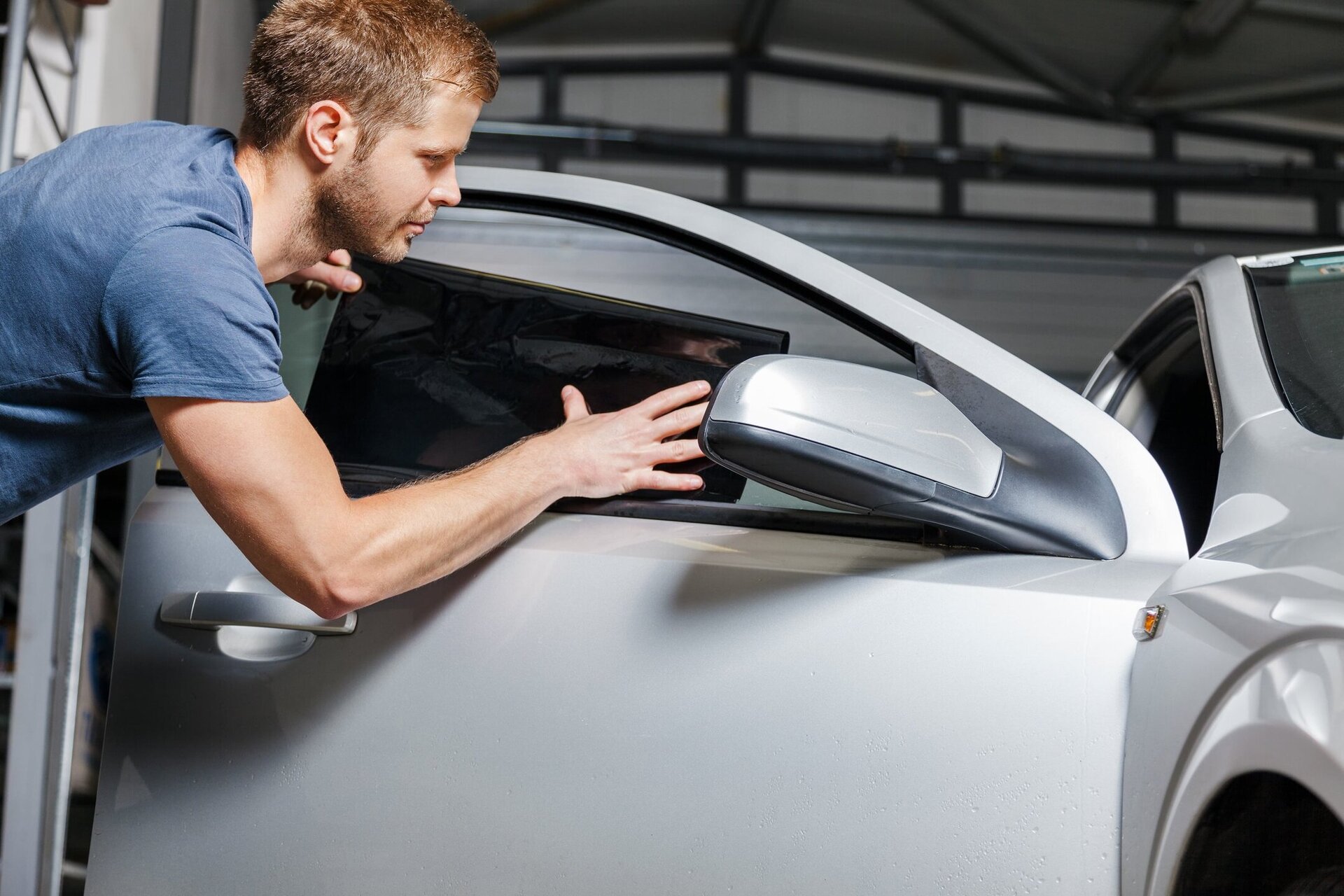

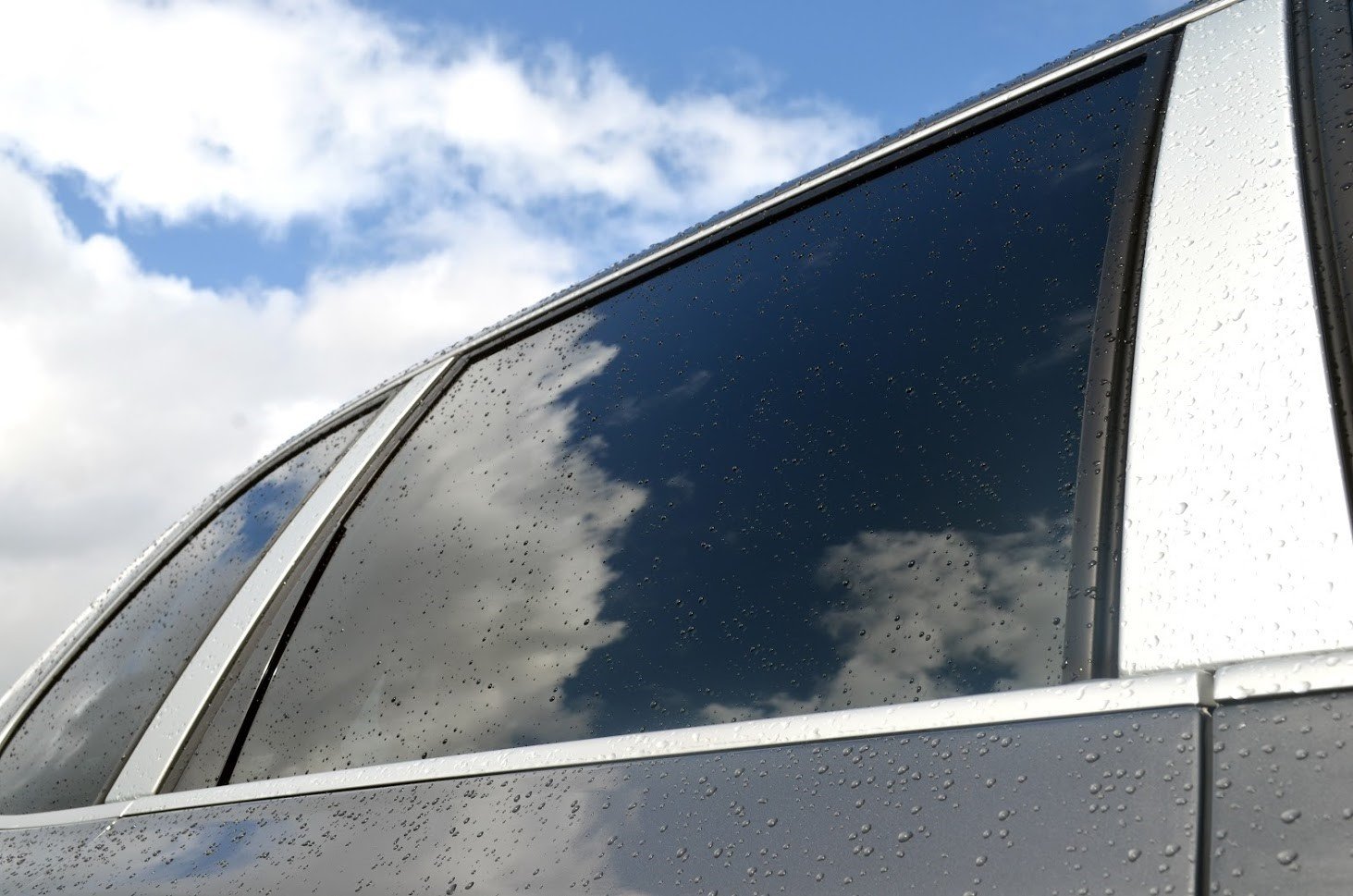
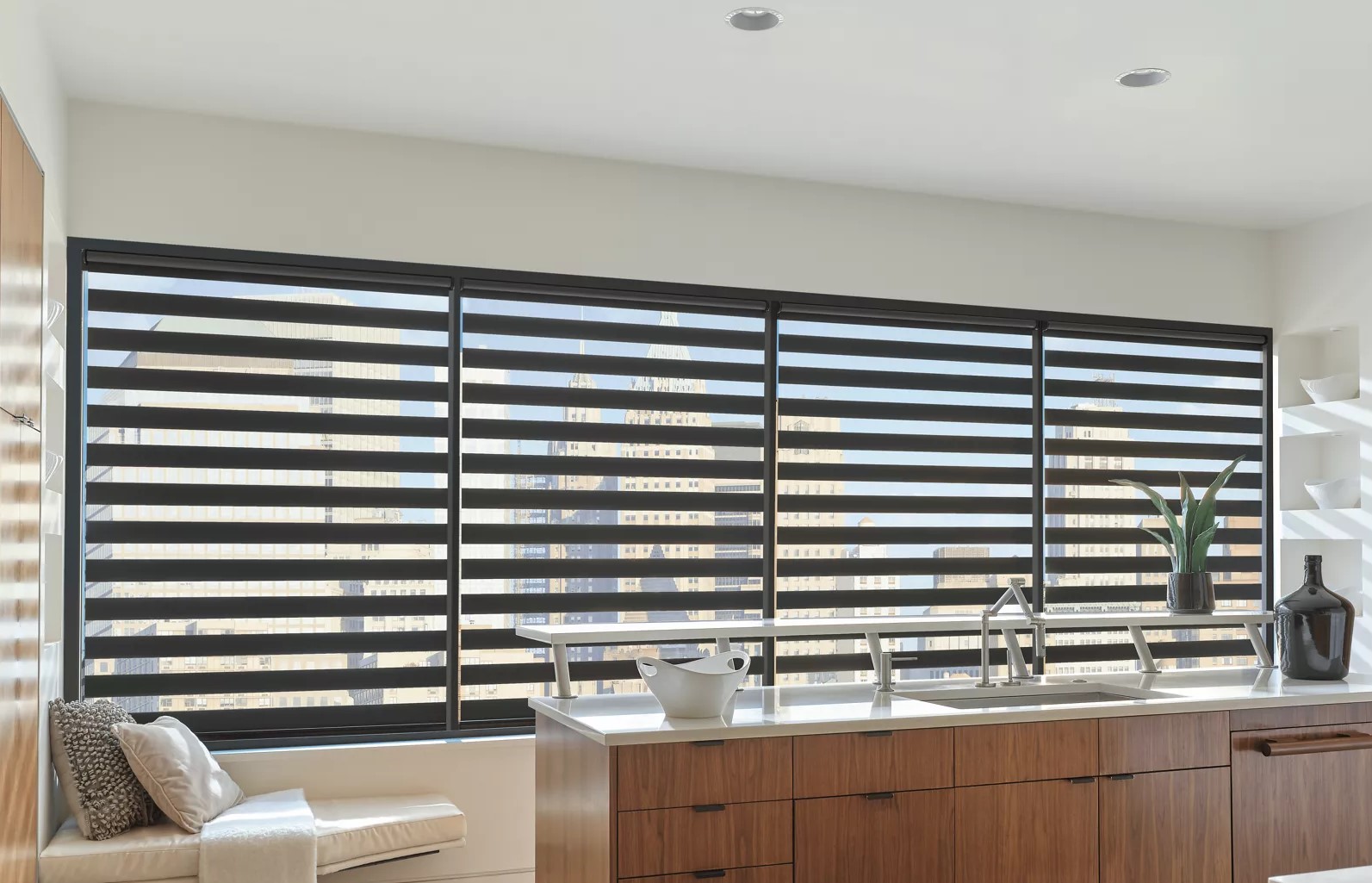
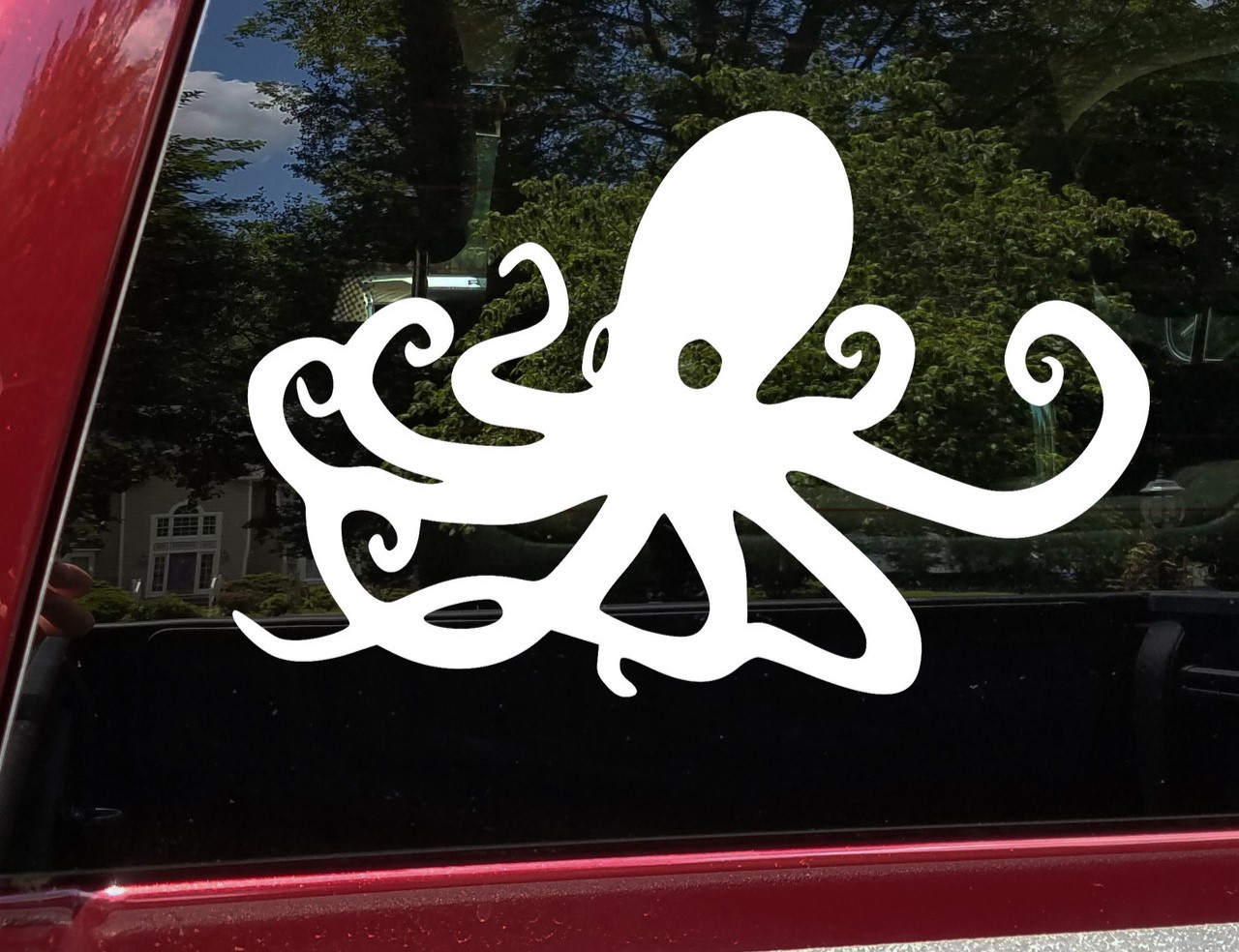
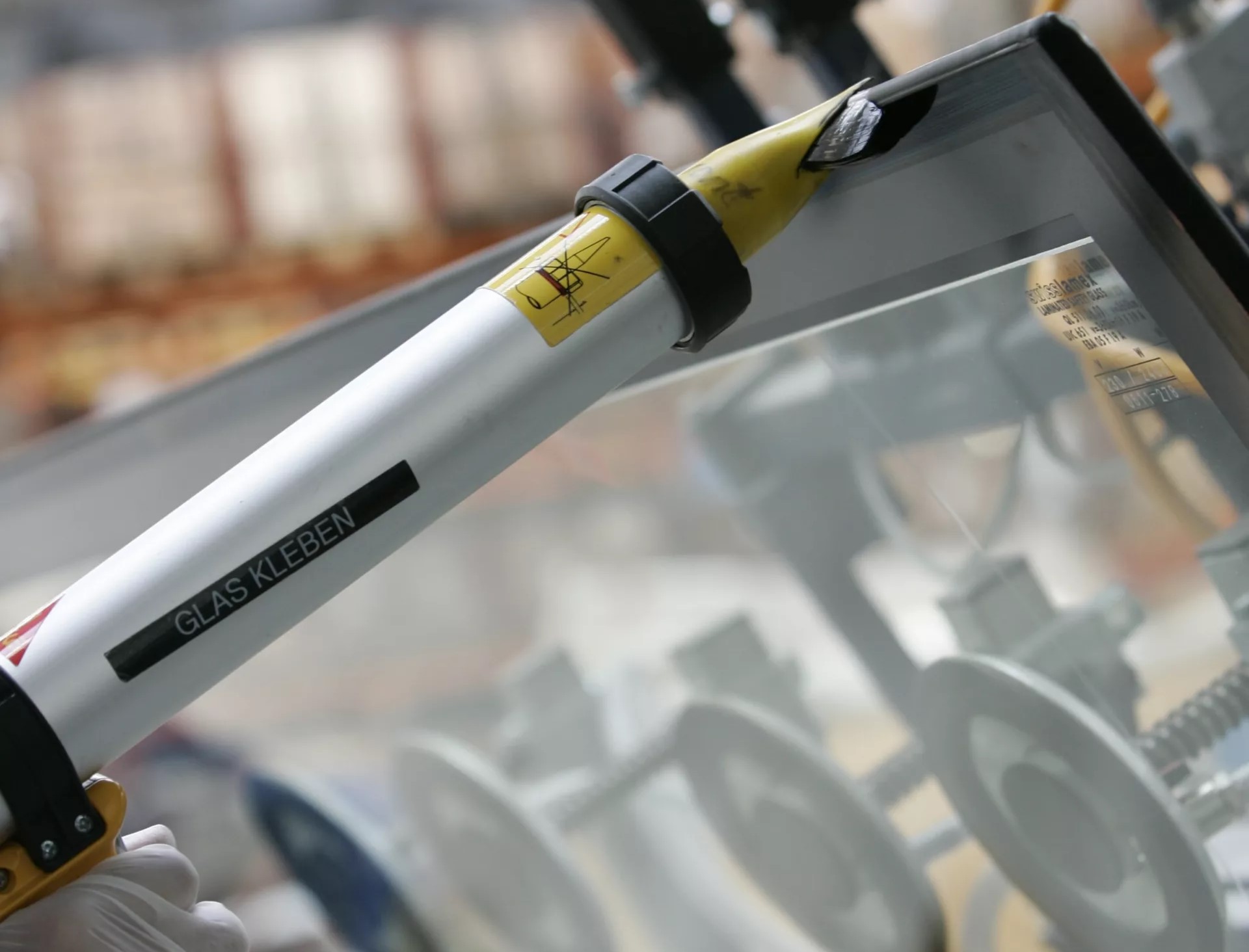
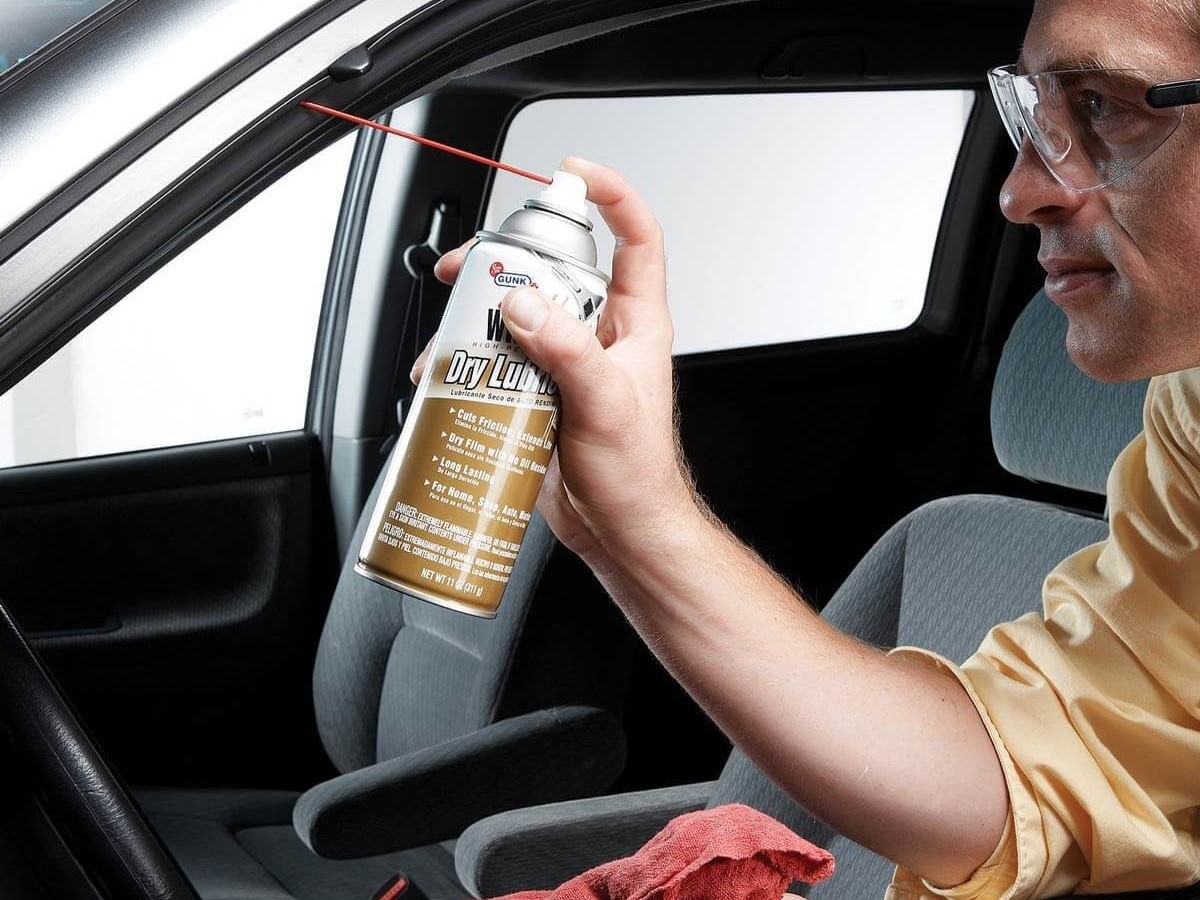
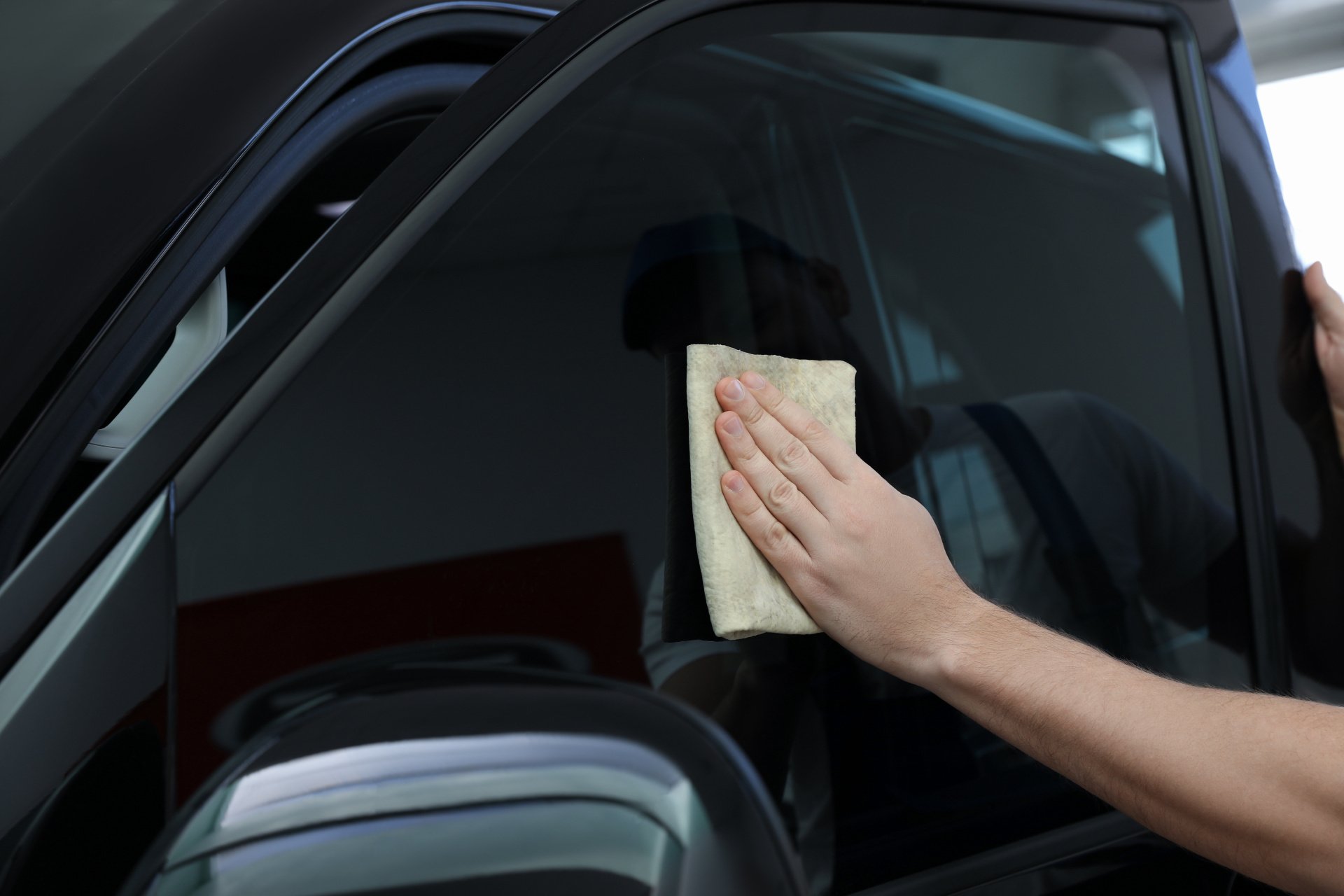
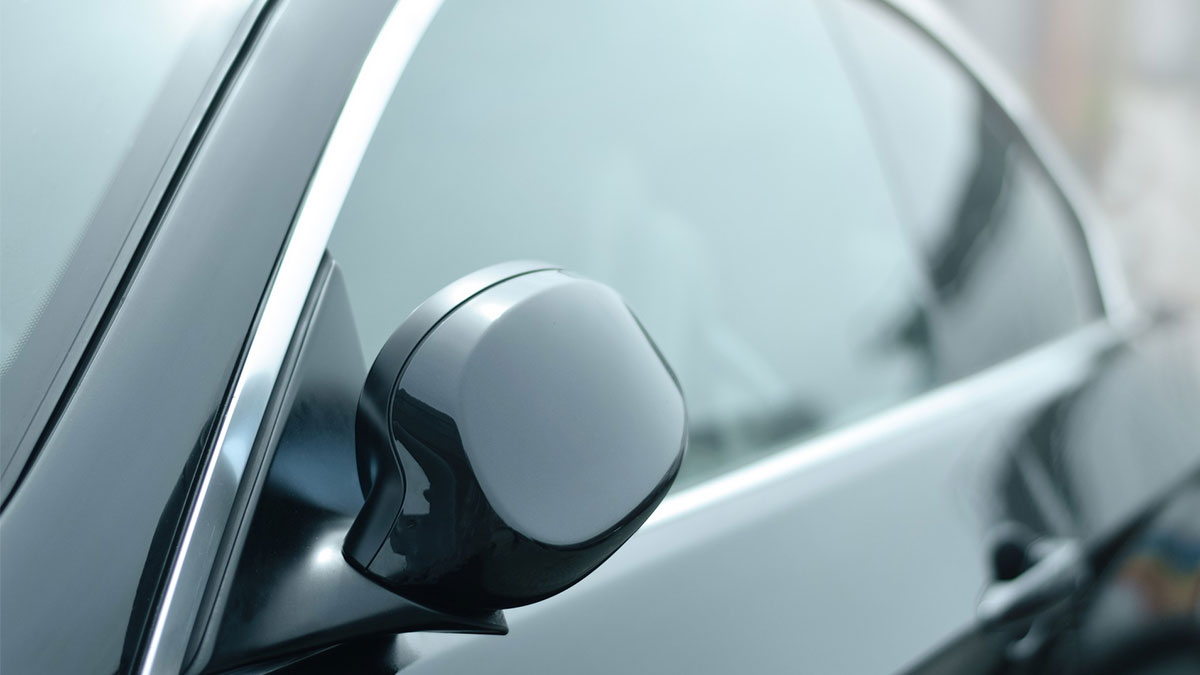

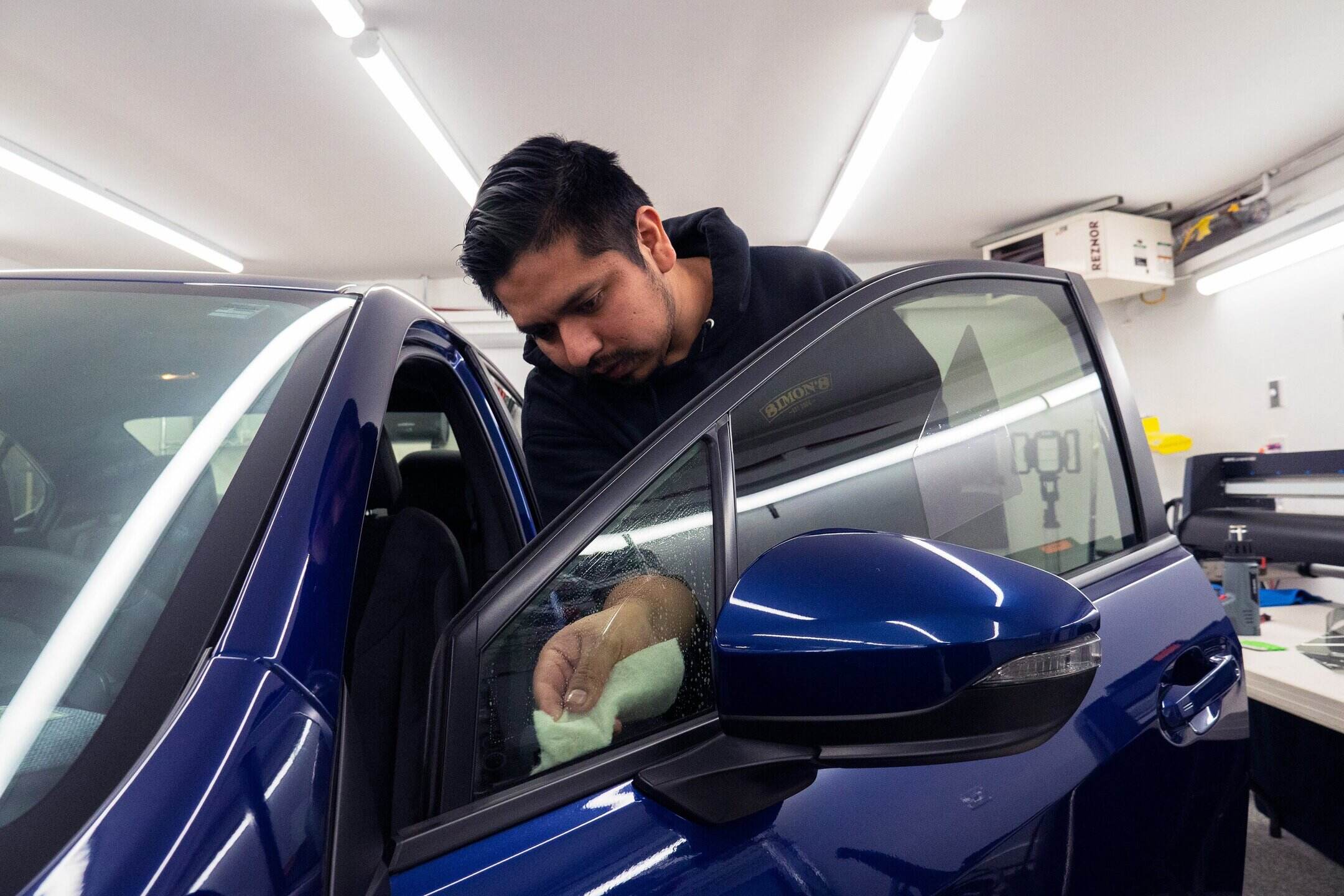



0 thoughts on “What Are The Black Lines On Car Windows For”